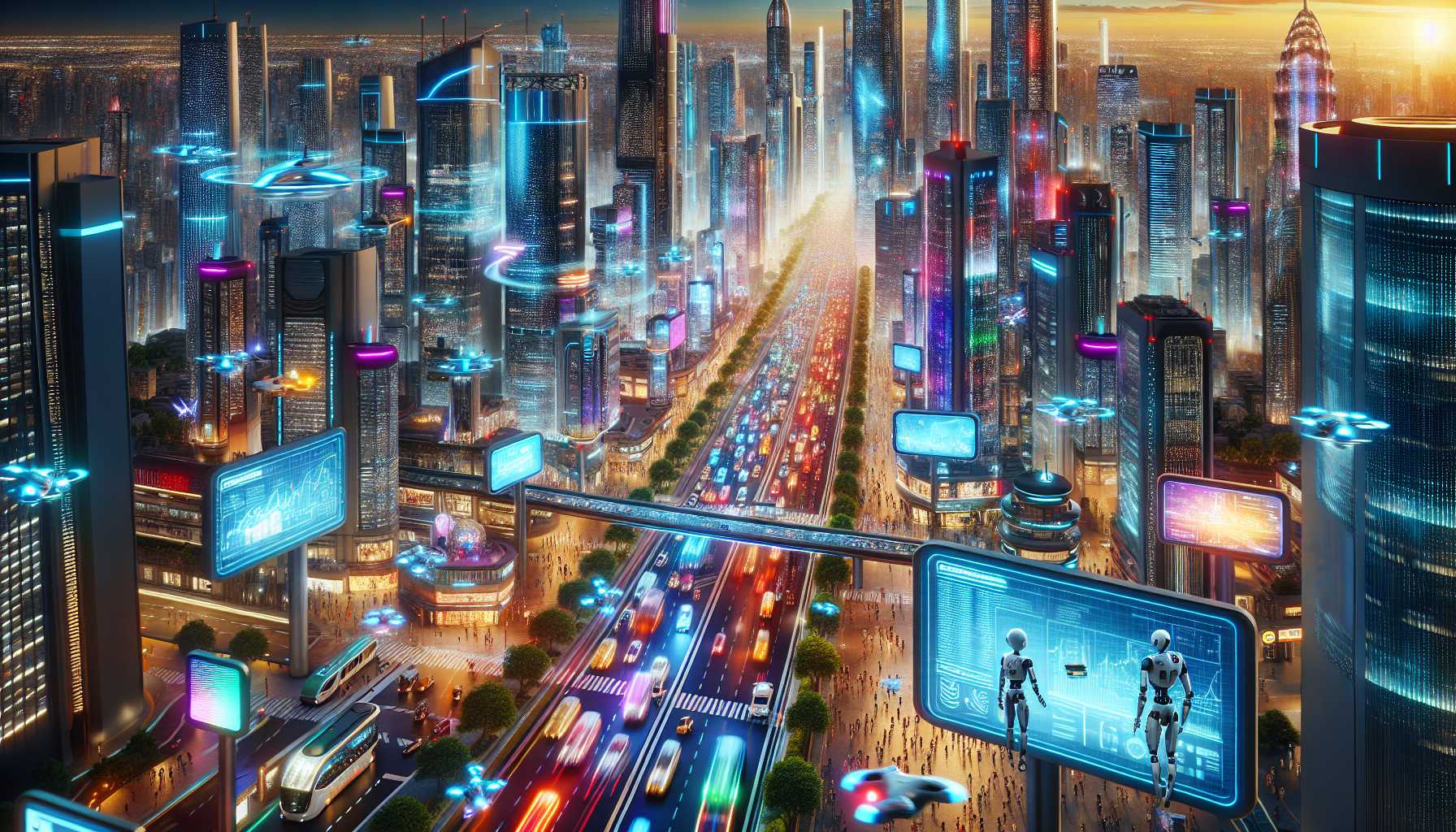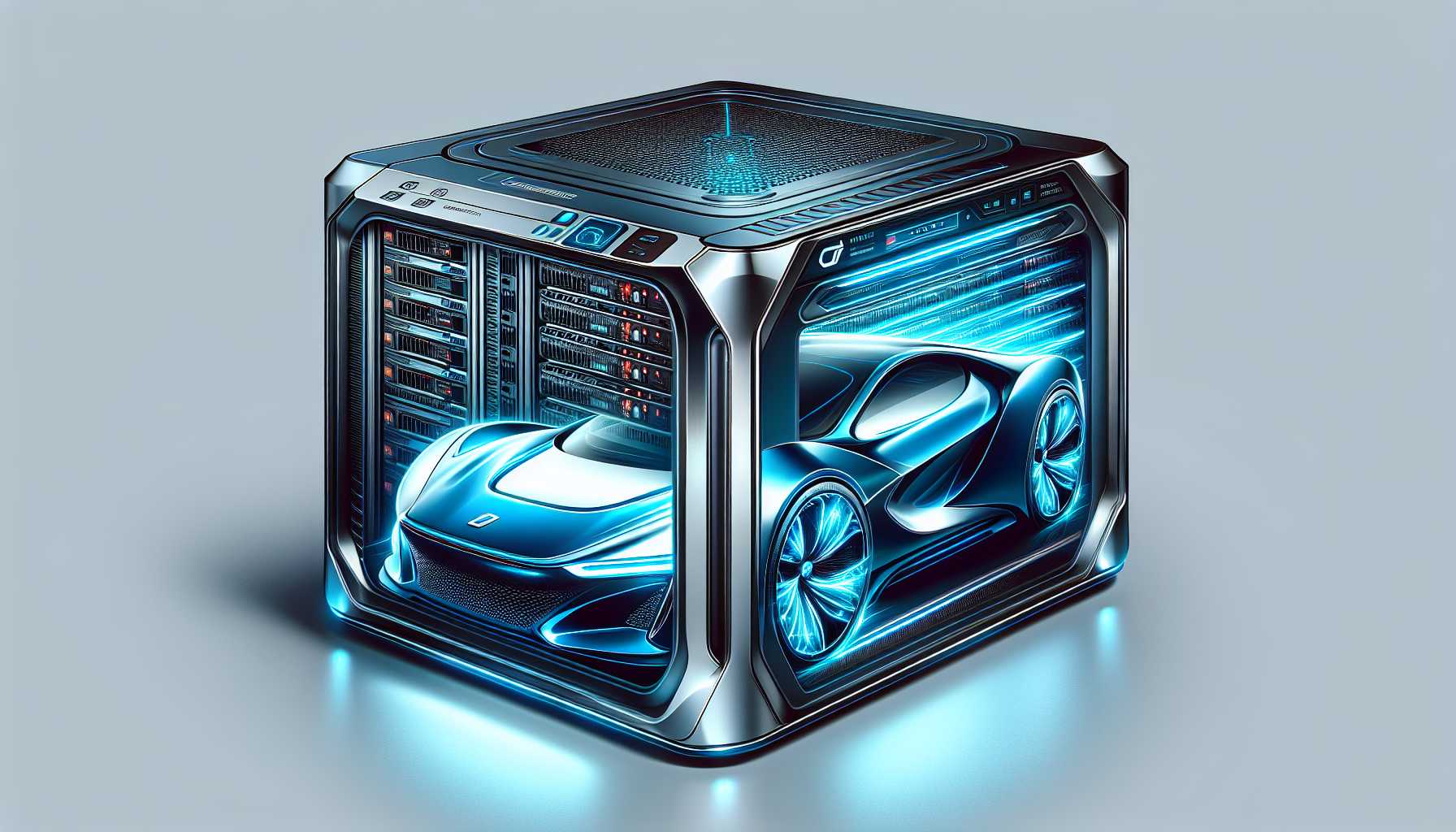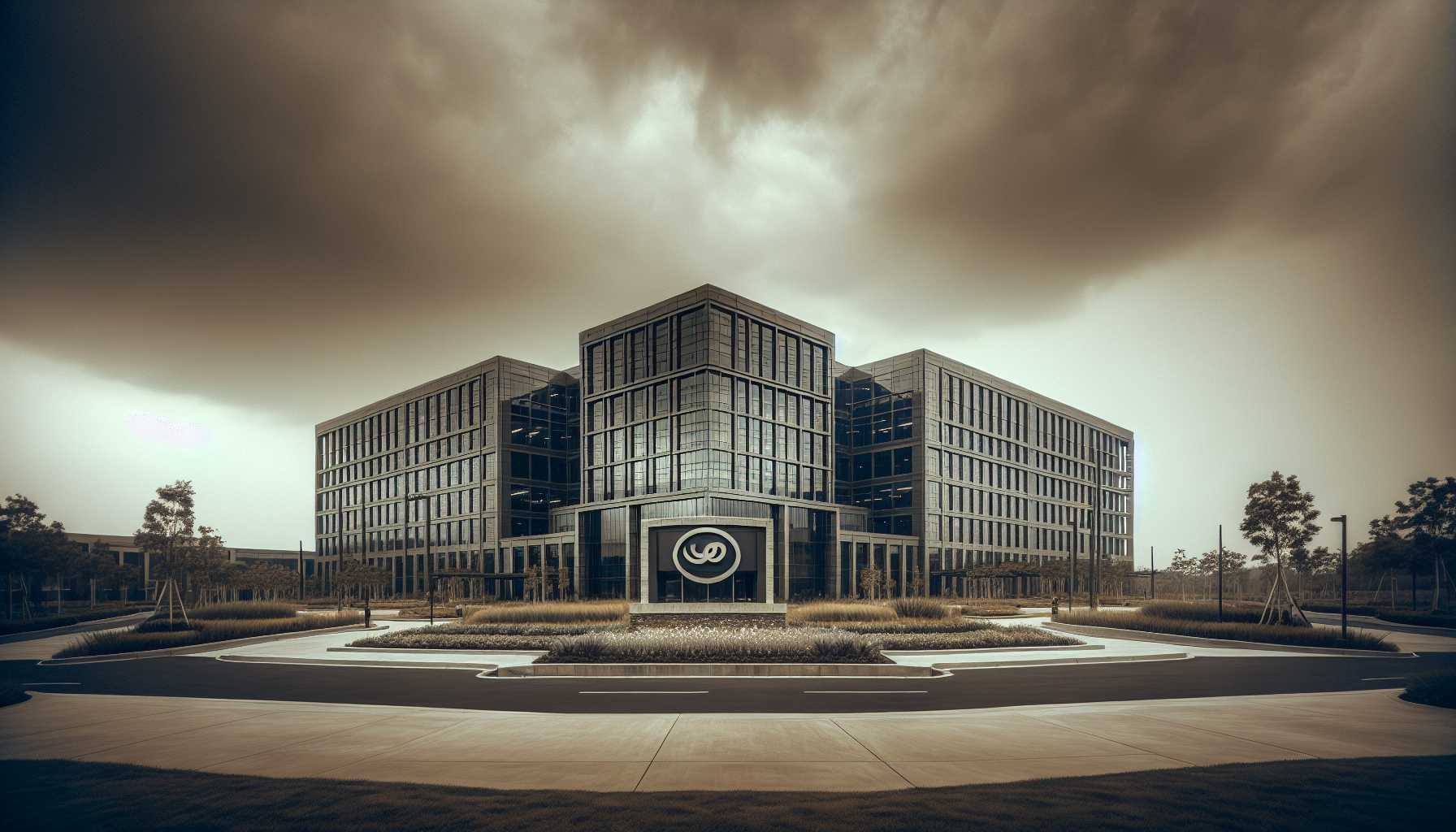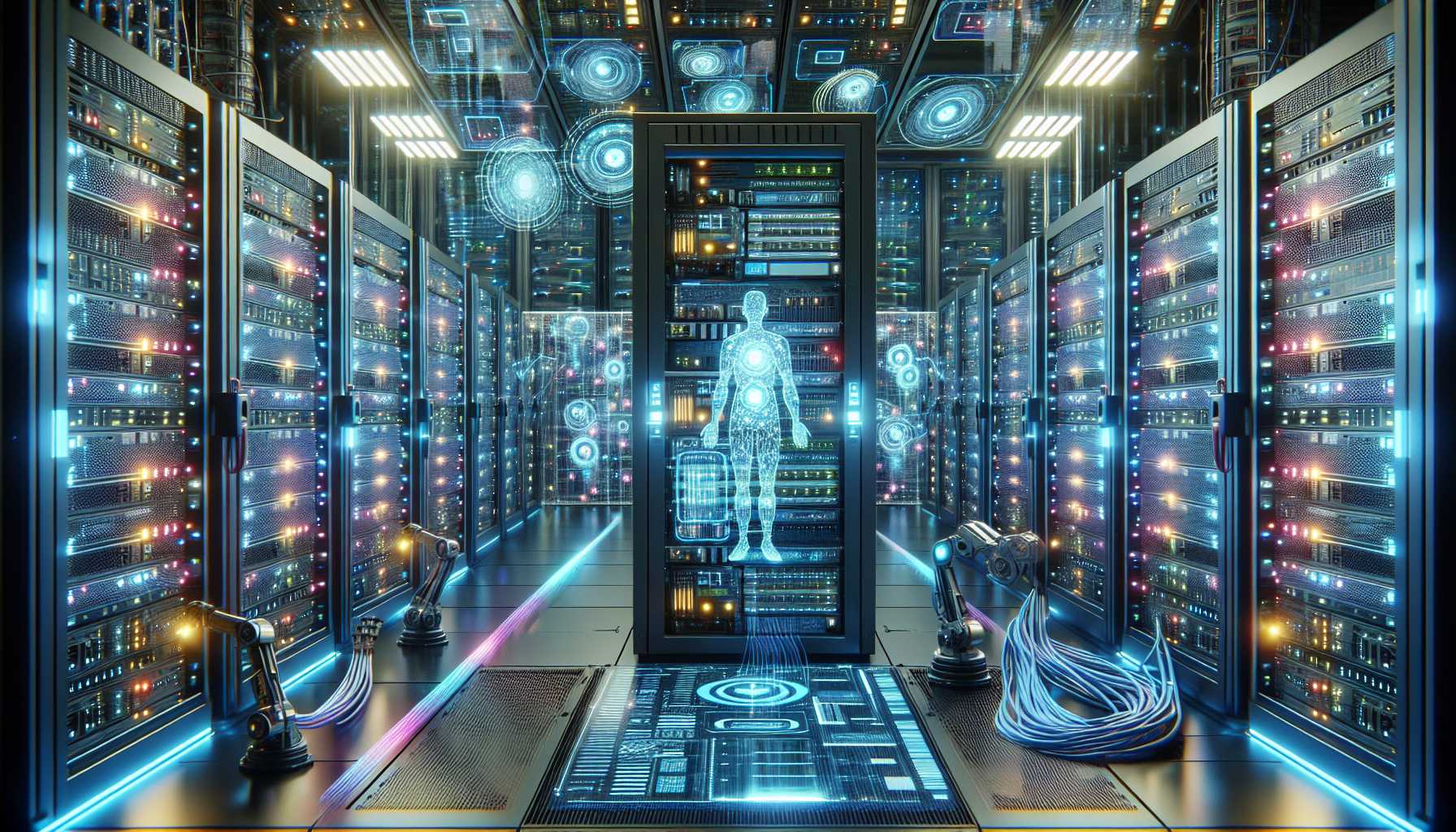How Yelp is Using AI to Revolutionize Local Discovery
Artificial Intelligence (AI) is no longer just the realm of sci-fi; it’s
actively shaping how we interact with the world around us. Yelp, a name
synonymous with restaurant reviews and local searches, might not be the
first company you think of when AI comes up, but its AI innovation
strategy is making waves. According to Craig Saldanha, Chief Product
Officer of Yelp, AI is at the forefront of Yelp’s mission to connect
consumers with top-notch local businesses.
So, how does Yelp leverage AI? Saldanha reveals that Yelp has been
investing in AI for over a decade, but recent advances in generative AI
and Large Language Models (LLMs) have catapulted Yelp’s capabilities to
new heights. Yelp’s primary advantage lies in its vast repository of
user-generated reviews—hundreds of millions of them. AI allows Yelp to
parse this data efficiently, offering precise and personalized information
to users. For instance, if you’re on the lookout for a very specific
Indian spice, AI models can now sift through numerous reviews to find
grocery stores that stock that exact product. This not only enhances
search precision but also ensures users get the information they seek in
ways that are incredibly tailored. Yelp’s AI-powered summaries and the
introduction of an AI assistant further simplify the process of
connecting consumers with the service providers.
Tesla’s Dojo: The AI Supercomputer Powering Autonomous Driving
Elon Musk, Tesla’s enigmatic CEO, has long touted the company’s Dojo AI
supercomputer as the linchpin of their self-driving ambitions. As Tesla
gears up to unveil its robotaxi this October, Dojo is more critical than
ever to achieving full self-driving capabilities. With about two million
Tesla vehicles equipped with the Full Self-Driving (FSD) package, Tesla
aims to push the boundaries of autonomous driving using its custom-built
supercomputer, Dojo.
Dojo is engineered to train Tesla’s FSD neural networks by processing
vast amounts of driving data. Tesla’s FSD relies heavily on a vision-only
approach, eschewing lidar and radar in favor of cameras and advanced
neural networks for decision-making. This means Dojo’s computing power
is essential for training the AI to recognize and classify objects and
respond as a human driver would. Tesla’s ambition extends beyond just
deploying FSD; Musk envisions a future where Tesla’s AI prowess can be
applied to other areas, such as its humanoid robot, Optimus Prime. While
some industry experts question whether simply throwing more data at a
model will yield smarter AI, Tesla believes that its vision-only
methodology is the future of autonomous driving.
The Financial Highs and Lows of Big Tech’s AI Bets
Earnings season has been a mixed bag for big tech, especially in the AI
sector. Tesla, for instance, revealed during its second-quarter earnings
call that the company is doubling down on its AI and autonomous driving
technologies. However, Elon Musk also issued a stark warning to
investors: if they don’t believe in Tesla’s ability to solve vehicle
autonomy, they should sell their stock. This blunt advice underscores
Musk’s high-stakes vision for Tesla’s transformation into an AI and
robotics company. While the potential rewards are significant—imagine a
world dominated by Tesla robotaxis and self-driving EVs—the risks are
equally substantial. The robotaxi reveal has already faced delays, and the
path to widespread FSD adoption is steep. Yet, the promise of capturing
a foothold in the burgeoning AI and autonomous driving market keeps
investors’ hopes alive.
Intel’s AI Ambitions Amidst Workforce Reductions
Intel, a giant in the semiconductor industry, is undergoing one of its
most transformative periods. Fresh off receiving an $8.5 billion federal
grant aimed at bolstering U.S. chipmaking, Intel announced a staggering
15% cut of its workforce—approximately 17,000 jobs. CEO Pat Gelsinger
called these changes some of the “most consequential” in the company’s
history. Gelsinger admits that revenue hasn’t met expectations, and the
company needs to align its cost structure with its new operational
model. The decision to cut jobs, coming on the heels of substantial
federal subsidies, has raised eyebrows and questions about the efficacy
and intentions behind such financial support.
Nevertheless, Intel is doubling down on AI, utilizing its resources to
pivot towards more profitable, higher-margin AI chips.
The Supermicro Surge: A Trillion-Dollar Future?
Super Micro Computer, or Supermicro, may not yet be a household name, but
its aggressive push into the AI server market is earning it considerable
attention. Known for developing cost-efficient, high-powered servers,
Supermicro is well-positioned to capture a slice of the AI gold rush.
Thanks to strong relationships with powerhouses like Nvidia and Intel,
Supermicro has ramped up production to meet soaring demand. The company’s
fiscal 2024 figures speak volumes: revenue surged by 200% year over year,
and earnings per share skyrocketed by 329%. Analysts predict that the
demand for AI-capable servers will continue to grow, positioning
Supermicro well for future gains.
While it’s a long shot for Supermicro to join the $1 trillion market cap
club occupied by giants like Apple, Microsoft, and Nvidia, its rapid
growth trajectory and strategic positioning make it a compelling
candidate. With partnerships with top chipmakers and a focus on AI-specific
servers, Supermicro is not just keeping up with the AI revolution; it’s
helping to drive it.
Conclusion
The AI wave is here, radically transforming industries and pushing the
boundaries of technological innovation. Companies like Yelp, Tesla, and
Supermicro are at the forefront, leveraging AI to reshape user
experiences, enable autonomous driving, and build the powerful
infrastructure that forms the backbone of our digital future. For
investors and tech enthusiasts alike, understanding the nuances and
potential of AI-driven strategies is crucial. From Yelp’s enhanced search
functionalities to Tesla’s supercomputer-driven autonomy and
Supermicro’s AI server ascendancy, the tech landscape is being
reinvented, one algorithm at a time.





